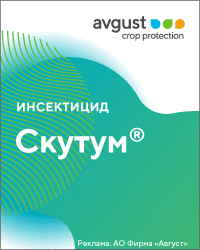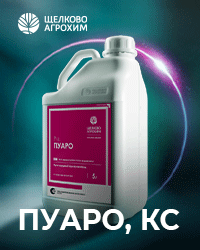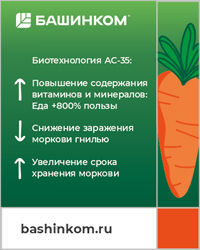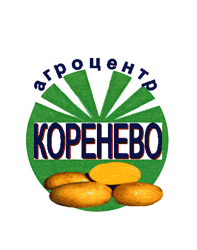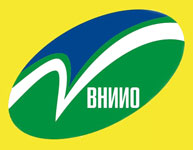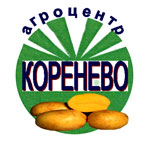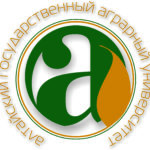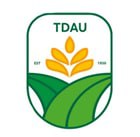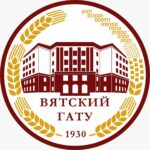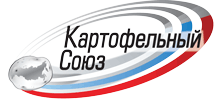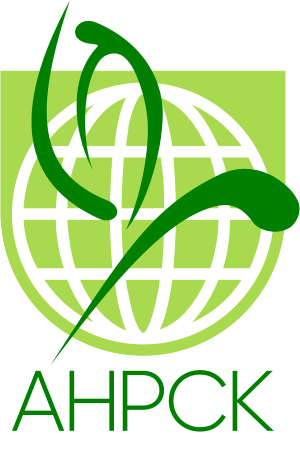UDC 635.64:581.19
https://doi.org/10.25630/PAV.2025.49.28.004
Topinskiy A.I., Gavrish S.F.
The article presents the results of competitive variety testing of F1 hybrids of cherry tomato (Lycopersicon esculentum Mill., var. cerasiforme). The aim of the study was to conduct a comparative evaluation of F1 hybrids of cherry tomato with different fruit colors based on a set of biochemical, biometric and organoleptic parameters. The study was conducted at the Krimsk breeding center «Gavrish» (Krasnodar Territory, V light zone) in 2023-2024. The samples were studied for a set of characteristics, including biometric (fruit weight, number of fruits in inflorescence, total yield) and biochemical parameters (content of dry soluble substances, dry matter, monosaccharides, titratable acidity), as well as organoleptic indicators. Significant differences in the complex of biochemical and organoleptic parameters between the color groups were established. Thus, over the entire observation period, the highest dry matter content was characteristic of yellow-fruited hybrids (x̅ = 8.7%), monosaccharides for red-fruited hybrids (x̅ = 4.8%), the highest value of the sugar-acid coefficient and tasting assessment was also noted in the red-fruited group (x̅ = 10.6 and 3.9 points, respectively). As a result of the study, the following F1 hybrids were isolated and submitted to the State Variety Testing: red-fruited - k-2717/20 «F1 Cheruti»; yellow-fruited - k-2742/20 «F1 Pikachu»; pink-fruited - k-2749/20 «F1 Monami»; brown-fruited - k-2754/20 «F1 Roxy», which combine high productivity with good organoleptic properties.
Key words: cherry tomato, F1 hybrid, fruit color, biochemical analysis, dry matter, sugars, acidity, yield
Topinskiy A.I. (corresponding author), research fellow, Gavrish Research and Production Association LLC, Postgraduate at the FSBSI Federal Scientific Vegetable Center (FSBSI FSVC). E-mail: topinsky@gavrish.ru
Gavrish S.F., D.Sci. (Agr.), professor, Head of the Board of Directors of GAVRISH company
- Gavrish S.F. 100 Years of Tomato Breeding for Protected Ground in Russia 1920-2020 (in 2 vols.). Moscow. Publishing house of NIIISOK LLC. 2024. Vol. 2. 342 p. (In Russ.)
- Metabolite Profiling of Italian Tomato Landraces with Different Fruit Types. S. Baldina, M.E. Picarella, A.D. Troise, A. Pucci, V. Ruggieri, R. Ferracane, A. Barone, V. Fogliano. Front. Plant Sci. 2016. Vol. 7. Pp. 664. DOI: 10.3389/fpls.2016.00664
- Cassals J. et al. A. European fresh-market tomato sensory ideotypes based on consumer preferences. Scientia Horticulturae. 2024. Vol. 335. №113351. DOI: 10.1016/j.scienta.2024.113351
- Sinesio F. et al. Sensory traits and consumer’s perceived quality of traditional and modern fresh market tomato varieties: A study in three European countries. Foods. 2021. Vol. 10. №11. Pp. 2521. DOI: 10.3390/foods10112521
- Dry weight and Brix degree correlation in different varieties of tomatoes intended for industrial processing. J.I. Jauregui, M. Lumbreras, M.J. Chavarri, J.I. Macua. Acta Horticulturae. 1999. Vol. 487. Pp. 425–430. DOI: 10.17660/actahortic.1999.487.69
- Zhuchenko A.A. Genetics of tomatoes. Kishinev. Publishing house of Shtiintsa. 1973. 663 с. (In Russ.)
- Anthon G.E., LeStrange M., Barrett D.M. Changes in pH, acids, sugars and other quality parameters during extended vineholding of ripe processing tomatoes. J. Sci. Food Agric. 2011. Vol. 91. Pp. 1175–1180. DOI: 10.1002/jsfa.4312
- Isolation and characterization of fruit vacuolar invertase genes from two tomato species and temporal differences in mRNA levels during fruit ripening. K.J. Elliott, W.O. Butler, C.D. Dickinson, Y. Konno, T.S. Vedvick, L. Fitzmaurice, T.E. Mirkov. Plant Mol Biol. 1993. Vol. 21. No3. Pp. 515–524. DOI: 10.1007/BF00028808
- Stein O. et al. The tomato plastidic fructokinase SlFRK3 plays a role in xylem development. New Phytologist. 2015. Vol. 209. No4. Pp. 1484–1495. DOI: 10.1111/nph.13705
- Kondratyeva I.Y. Special Tomato Breeding: Determinant Tomato Forms (Lycopersicum esculentum L. var. vulgare Brezh., var. validum Brezh.) for Open Field. Moscow. Publishing house of VNIISSOK. 2010. 267 p. (In Russ.)
- Pivovarov V.F. Breeding and Seed Production of Vegetable Crops. Moscow. Publishing house of VNIISSOK. 2007. 82 p. (In Russ.)
- Litvinov S.S. Methodology of Field Experiments in Vegetable Growing. Moscow. Publishing house of Russian Agricultural Academy. 2011. 649 p. (In Russ.)
- Practicum on agrochemistry. V.V. Kidin, I.P. Deryugin, V.I. Kobzarenko [et al.]; edited by V.V. Kidin. Moscow. KolosS. 2008. 599 p.
For citing: Topinskiy A.I., Gavrish S.F. Comparative evaluation of F1 hybrids of cherry tomato with different fruit colors based on a set of biochemical, biometric and organoleptic parameters. Potato and vegetables. No5. Pp. 49-54. https://doi.org/10.25630/PAV.2025.49.28.004 (In Russ.).

